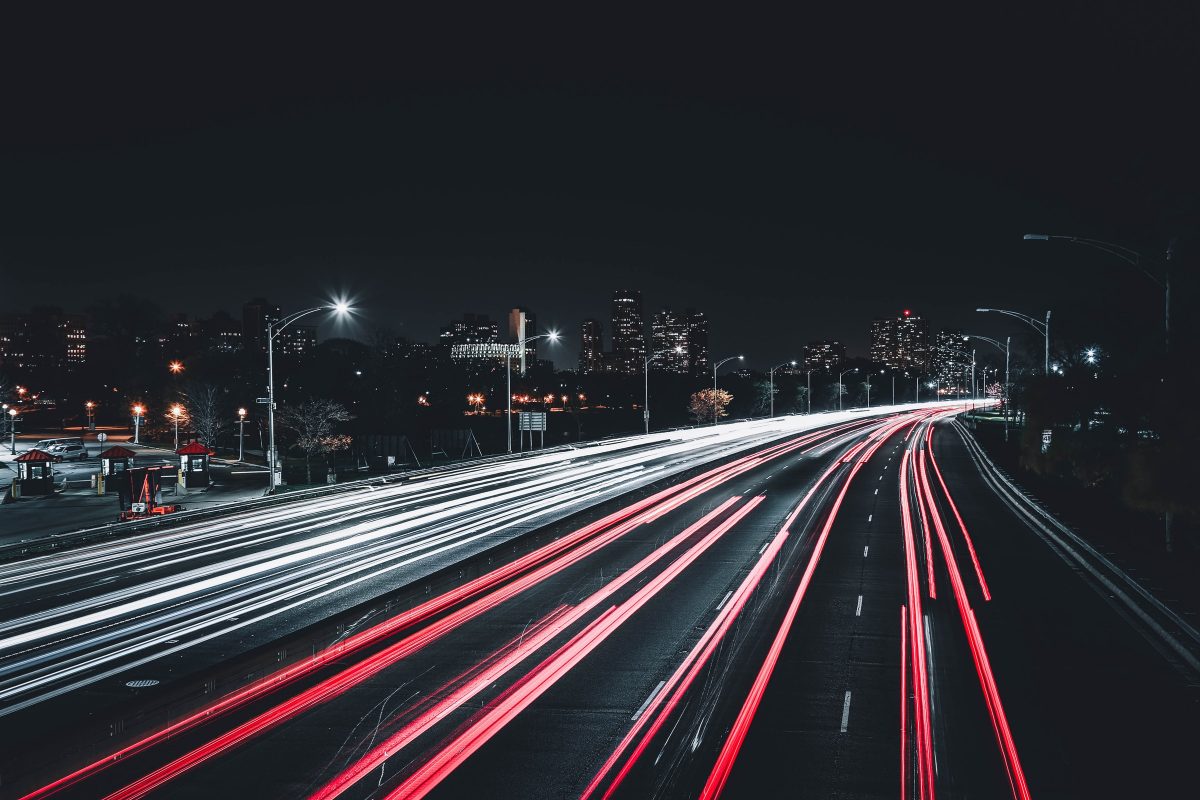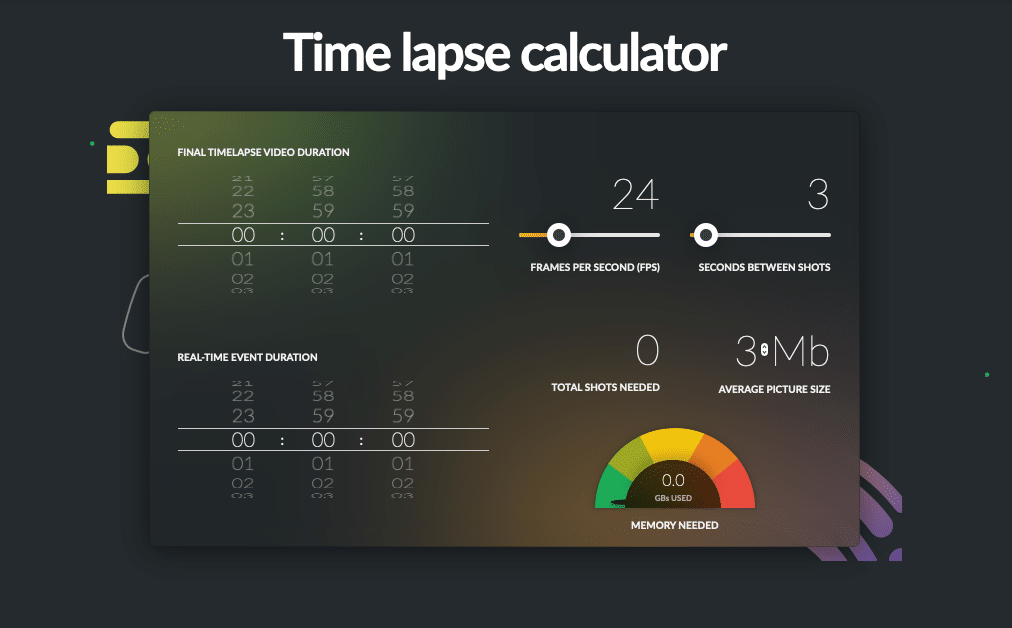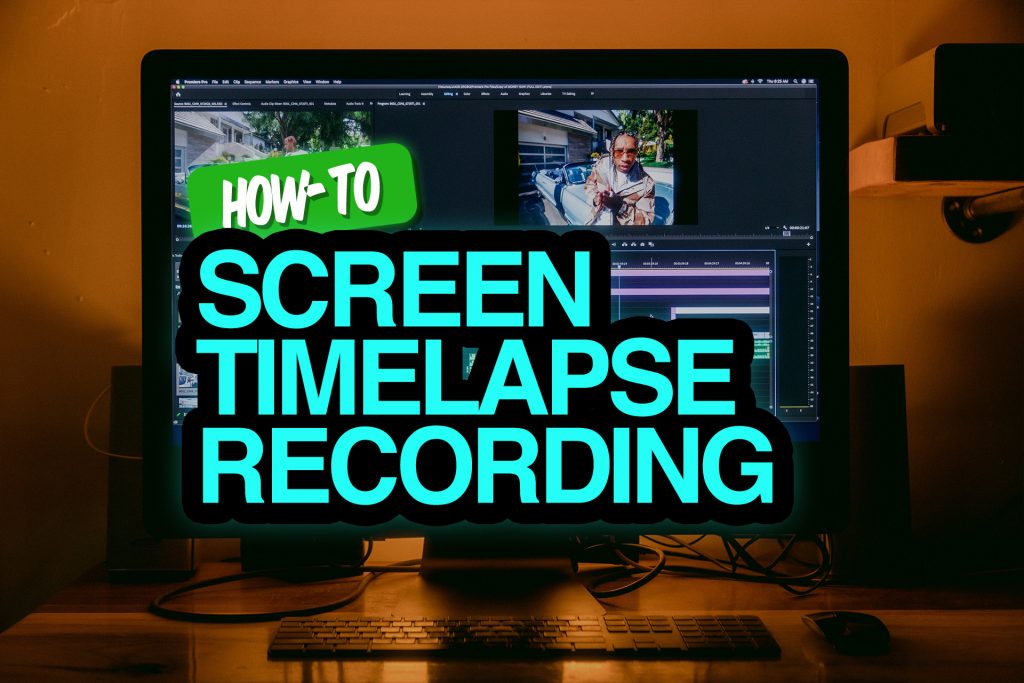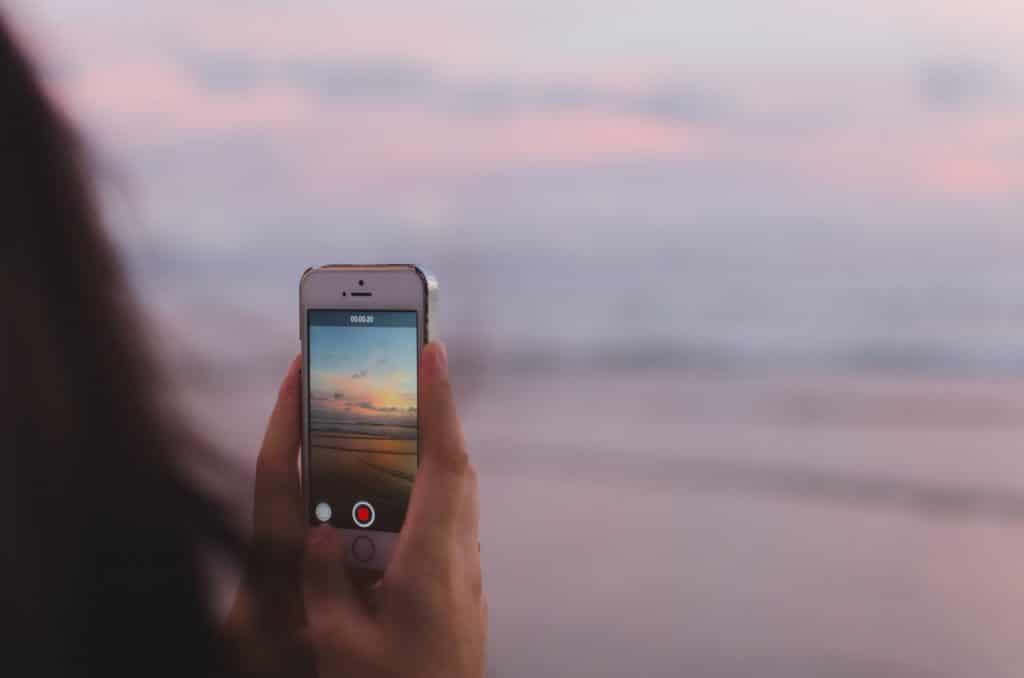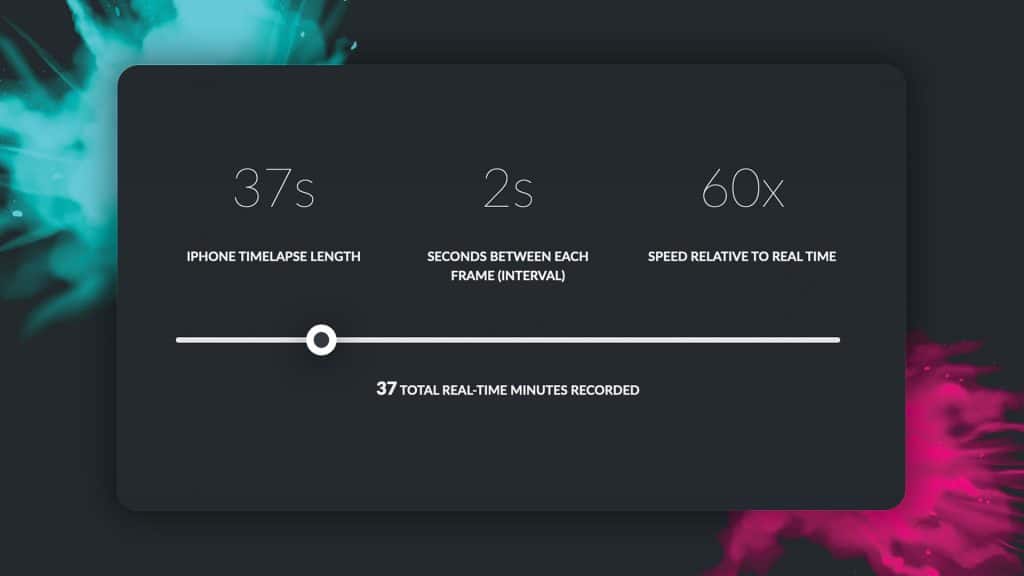You see a video. You click “play”. And you immediately start seeing hours and hours worth of real-time process condensed into just a few seconds of video, as if what you’re watching had been sped up or recorded at high speed. Yes, you’re seeing a time-lapse, a very popular new kind of video that’s made using a wild variety of very sophisticated techniques. But, what’s a time-lapse?
Contents
- 1 Tools and tips for time lapsing
- 2 What is a time lapse video?
- 3 What is time lapse photography?
- 4 How does a time lapse work?
- 5 What is the time lapse interval?
- 6 How to turn a video into timelapse?
- 7 How do I screen record a timelapse?
- 8 How to post time lapse on Instagram?
- 9 How to reverse a timelapse?
- 10 What causes lines going through sky in timelapse?
- 11 How to create timelapse of drawing?
Tools and tips for time lapsing
What is a time lapse video?
A time lapse video, also known as time-lapse or timelapse, is a kind of video that in just a few seconds can compress hours and hours of real-time events. It looks almost as if the resulting video had been sped up.
You’ve probably seen many time-lapse videos already, and your smartphone probably has the ability of recording time-lapse videos with its camera app. But to make sure we’re all on the same page, this is what a time-lapse video looks like:
Let’s go over some of the most common questions when it comes to timelapses:
Time lapse often refers to a kind of video that seems to have been sped up, because it compresses hours and hours of real events into just a few seconds of video.
Time lapse recording essentially means taking a picture every few seconds over a large period of time and then stitching all the pictures together so they look like a video that has been sped up, which compresses hours of real-time events into seconds of video.
Time-lapse videos are often used to show in very few seconds a process that took a very long time in reality. This is useful, for example, to show the process an artist used to make a painting or to see how a construction work that took maybe months was executed.
Final timelapse videos should be no longer than 15 minutes, or else they would defeat the very purpose of making a time-lapse video. Ideally, a timelapse video should be between 30 seconds and 5 minutes, with some kinds of timelapse videos, like artistic timelapse videos, ranging from 5 to 15 minutes.
Time lapses work by not recording a full-length video and then speeding it up: instead, they take still pictures every few seconds which then are put together one after another in rapid succession, giving the illusion it’s a video that’s been sped up.
What is time lapse photography?
Time lapse photography is a technique where photographers take a series of still images, which are then played one after another at a constant speed, looking like a sped-up video. This concept is explained in further detail in the how does a time lapse work section.
Who invented time-lapse photography?
Although it’s difficult to know for sure, most people credit English photographer Eadweard Muybridge with the first use ever of the technique that would later be known as time-lapse. In his 1878 movie “The Horse in Motion”, he took several still pictures of a horse running to later play them back as a video, the same way we do today with modern time-lapses.
Although Muybridge was probably the inventor of time-lapse photography, the name that made this technique popular was French film director Georges Méliès, who was the first one to use the time-lapse technique in a feature film. In 1897 he released “Carrefour de L’Opera”, the first feature film to use time-lapses.
He was not alone, though, and other pioneers such as F. Percy or Jean Comandon were notable for popularizing the time-lapse techniques, mainly with scientific purposes.
What is time lapse photography used for?
Nowadays, time-lapse photography is mainly used as an artistic effect to convey the passing of long periods of time – or with educational/entertainment purposes, to show in just a few seconds a process that in reality took hours or even days to complete (such as a flower opening, an artist painting a work of art, or the process of the construction of a bridge or a house).
How does a time lapse work?
One of the most common questions when it comes to time-lapses is how time lapse works. People are often used to regular photography and regular filming and may not understand the principles behind timelapsing, but in reality it’s all very similar.
We’re used to the fact that regular video cameras shoot videos, but in reality what they do is capturing a lot of still images called frames, which are then played back at a constant speed, giving the illusion of movement, and therefore, video.
Most videos nowadays are recorded at 30 FPS (Frames Per Second), which means that each second of video is made up of 30 different still pictures.
Time-lapse videos are no different than this, only that frames are captured at a very different rate than the one they’re played back at.
In timelapses, people usually capture one frame every few seconds. These frames are then played back at the normal 30FPS, which means it will look way faster, because one second of final video corresponds to at least 30 still pictures taken several seconds apart between them. So in time-lapses, one second of final video can often represent whole minutes or even hours of real time events.
What is the time lapse interval?
The time lapse interval is the amount of time the camera waits between taking every one of the pictures that will make up a time-lapse video. It’s usually just a few seconds, most commonly 1-2 seconds (meaning the camera will take a picture every 1-2 seconds), but some really long time-lapses may make use of much longer intervals.
How to turn a video into timelapse?
To turn a video into a timelapse, the easiest and quickest way is to use some sort of video editing software to speed up the video and export it, like iMovie for macOS or Windows Movie Maker (now called Windows Photos App). We covered this topic in another post you can find here.
How do I screen record a timelapse?
Some of the most common questions we get are along the lines of: “can you screen capture video on a Mac?” Or more generally: “can you make a timelapse of your computer screen?” And the answer is: absolutely! You just need a timelapse screen recorder. These are special computer apps for Windows and Mac that will help you capture your screen, resulting in a time-lapse video. You can find more about how to make a screen recording into a timelapse in our timelapse screen recorder comprehensive review and fully explained tutorial.
How to post time lapse on Instagram?
To post a time lapse on Instagram, just follow the same steps you would normally follow to post a regular video:
- Open the Instagram app and make sure you’re logged in.
- Tap the “+” plus button on the bottom center of the screen to select photos and videos for a new post
- Select your time-lapse video from your camera roll and tap “Done” or “Next”.
- In the next screen, adjust your post by adding filters or trimming the time-lapse video. When you’re happy with the result, tap “Next”
- Write a caption for your time-lapse post (make sure you add some interesting time-lapse related hashtags, like #timelapse, #timelapsevideo, #timelapseart or #timelapsephotography)
- Tap Share – and you’re done posting your time-lapse on Instagram!
If you’re also wondering how to post a timelapse on Facebook, the steps are very similar! Just make sure you record the timelapse first with your phone’s camera – and then it will be able to be posted on Facebook!
How to reverse a timelapse?
If you’re looking to learn how to reverse a timelapse (for example: how to reverse a sunset to be a sunrise), the easiest way would probably be to use a video editing software like iMovie or Windows Movie Maker (Windows Photos App). We have a very in-depth tutorial on how to use both of these tools here.
What causes lines going through sky in timelapse?
If you’re watching a night sky time-lapse video like this one, you may notice some strange lines in the sky:
These are laser guide stars, which essentially are reference points that astronomers typically use to calibrate their telescopes. In essence, they need to account for the distortion the light suffers when going through the atmosphere, so they need to set a reference point. Sometimes that’s a real star, but when a bright enough real star is not available, they use these artificially created laser guide stars. So in essence those lines are lasers that astronomers are pointing at the sky in order to calibrate their equipment.
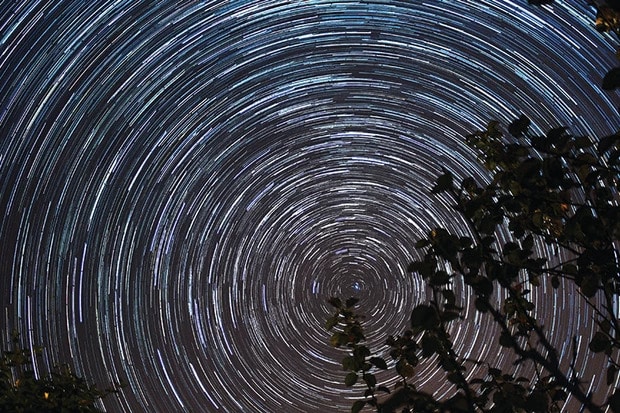
It may also happen that the stars are leaving a trail themselves, if your camera is set up for long exposure while time-lapsing. This can either be a desired artistic effect (like the image above) or something that ruins your timelapse, in which case you might want to reduce exposure time so that stars don’t leave a trail in your time-lapse video.
Other objects that may leave a trail (lines) on your time-lapse video if you’re using long exposure while timelapsing are artificial satellites, meteorites entering the atmosphere, or even the ISS!
How to create timelapse of drawing?
If you’re interested in creating time-lapses of your drawing, or knowing more about what is timelapse painting, you can check our post on how to make a speedpaint, in which we cover these topics in great detail and also explain how to do timelapses of a photshop painting.
Featured image by Jake Blucker on Unsplash
